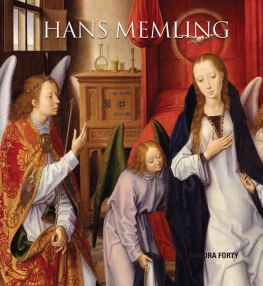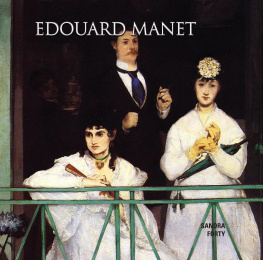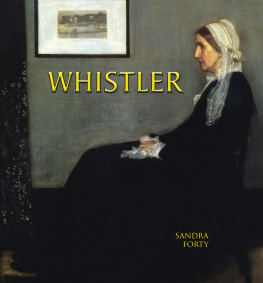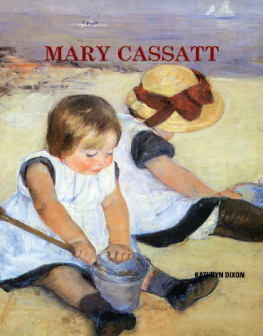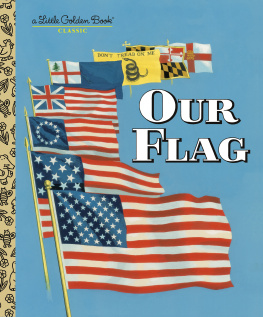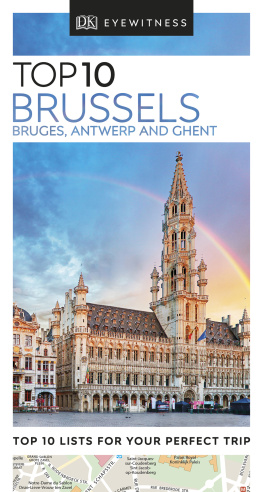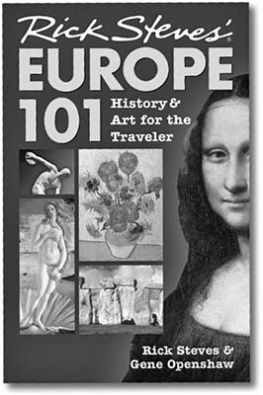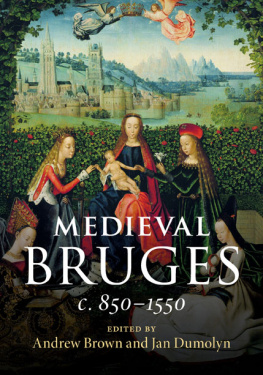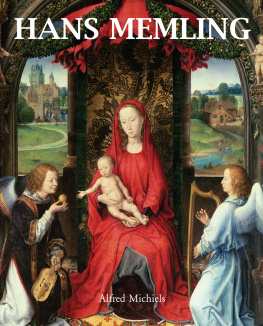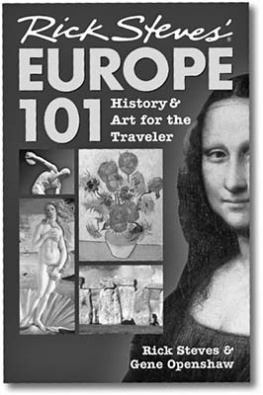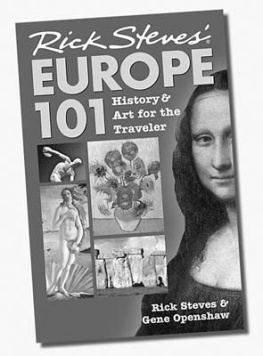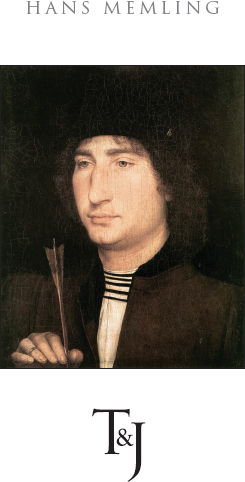
Published by TAJ Books International LLC 2013
219 Great Lake Drive
Cary, North Carolina, USA
27519
www.tajbooks.com
www.tajminibooks.com
Copyright 2013 TAJ Books International LLC
All rights reserved. No part of this publication may be reproduced, stored in a retrieval system, or transmitted in any form or by any means, electronic, mechanical, photocopying, recording, or otherwise, without the prior written permission of the Publisher and copyright holders.
All notations of errors or omissions (author inquiries, permissions) concerning the content of this book should be addressed to .
ISBN 978-1-84406-259-1
Printed in China
1 2 3 4 5 17 16 15 14 13

HANS MEMLING
c. 1430-1495
H ans Memling was one of the greatest artists of the late medieval period working in northern Europe. Often described as a Flemish Primitive, he spent his working life in Bruges, already an important city center for culture and the arts, but he transformed it into the most prestigious place for working artists and craftsmen in northern Europe. Memling developed what became known as the Bruges Style, celebrated for its quiet perfection, refinement, and sophisticated compositions.
The Flemish Primitives (Vlaamse Primitieven) as a whole were largely overlooked for centuries until an exhibition of their work was held in Bruges in 1902. This prompted their reappraisal and recognized them for their brilliance. The Flemish Primitives chiefly comprise two generations, the first being Jan van Eyck, Rogier van der Weyden, and the Master of Flmale, and the second being Hans Memling, Dieric Bouts, Hugo van der Goes, Petrus Christus, Gerard David, and Hieronymous Bosch.
Although many elements in his early works are reminiscent of his probable master, Rogier van der Weiden, Memling refined the existing late-medieval compositional themes with graceful figures, which he took to a higher level, so much so that he is now generally regarded as the greatest of the Flemish Primitives. Memlings figures are tall and elegantly stoical and possess a deeply spiritual and angelic quality unknown in earlier artists works.
Although filled with people, his pictures are largely static, always meticulously arranged, narrative compositions presented in unvarying light. Symmetry plays an important part in his pictures, which are all carefully balanced in color and composition. His paintings glow with color and are distinguished from earlier medieval works by their lack of gold leaf and silver paint.
To paint on a wood panel, Memling used the ancient tempura method in which color pigment was added to egg white or gum and mixed with a medium such as vinegar, beer, or honey to make it more liquid. The fragile painting was then sealed with a tinted varnish to preserve the paint from the elements and add tone to the work. This also gave it an otherworldly sheen or glow that would shimmer in candlelight and add to the luster of the piece.
In the custom of the times, Memling predominantly painted with oil on wooden panels. Infrared light has revealed that he sketched and composed directly on his panels, rubbing out and rearranging as he worked. He then applied thin layers of paint, far fewer than previous early 15th-century masters.
Memling has been described as painting his portraits as if they were sculptures, physiognomically correct and no doubt identifiable, but lacking personality and character. This is only true, however, of his ensemble pictures, and not of his individual portraits. In the narrative works the pale, oval faces he painted are contemplative and largely expressionless, with fashionably high foreheads, long aquiline noses, and small mouths. The eyes never directly engage the viewer and rarely acknowledge anything beyond the composition. The Madonna became something of a specialty for Memling and he always presents her as a serenely idealized figure completely untroubled by reality or events around her. As well as his main devotional subjects and portraits of the rich, Memling painted the Virgin and child time and again and remarkably about 15 different individual paintings survive.
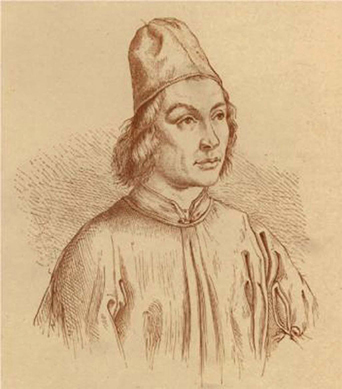
Drawing of a man believed to be Hans Memling
His figures inhabit idyllic landscapes full of intricate and delicate detail with backdrops of fine towns or bucolic scenes full of naturalistic and identifiable flora and fauna. After 1480 Memling was one of the first painters to place his portraits against a natural landscape background and was the first known Low Countries artist to do so. This made his work particularly popular in Italy where the next generation of artists, including Botticelli and Perugino, used the same idea. Memling in his later works was also one of the first to make use of Renaissance-style ornament as decorative elements.
Many of Memlings pictures are dated within the composition with the information carved onto a stone or wooden panel; otherwise this information was included as part of the decorative frame which has not always survived. He also assiduously included the armorial bearings of his important clients in his works by way of heraldic shields or emblems prominently placed so as to inform the viewer of the benefactor.
Many of Memlings works are devotional altarpiece triptychs. These consist of three articulated panelsa large central panel and two smaller side panels that folded shut over the main panel. The backs of the two side panels were painted with a grisaille, a medieval convention. The grisaille was usually a figure, painted in tones of grey, or at least in subdued monotones, to represent a statue, and it was customary for these figures to be of the relevant saints, or just as often, of the wealthy donor and his wife or other important family member. The triptych traditionally hung above an altar and was usually kept closed and only opened for church festivals and other important occasions in order to reveal the colorful interior.
Memling made his home and his name in the city of Bruges where he lived and worked for almost 30 years. Bruges had become the great north European center for book production in the days before the development of the printing press. The city speciality was illuminated books that were exported around Western Europe, particularly for the English market. The arduous and painstaking process of copying and illuminating manuscripts and books drew artists to Bruges from all over northern Europe. Low Country artists led Europe because of their superb skill and artistry with illumination and brushwork coupled with the way they idealized and perfected reality, all rendered in a splendid display of color and tone unmatched by any of their rivals.
Bruges was also a wealthy city thanks to its important membership of the influential Hanseatic League of merchants and shipping which mostly traded along the German coast to the Baltic in the north and the North Sea to the south. This trade provided regular links to not just Low Country goods, but also imports from Britain, the Iberian peninsula, the Mediterranean, and the rest of Europe and beyond, eventually even to India and Africa. As such, Bruges had a large constituency of wealthy burghers, merchants, bankers, politicians, and noblesmany of them foreigners, especially Italianswho wished to display their taste and refinement by commissioning great works of art.
Next page
